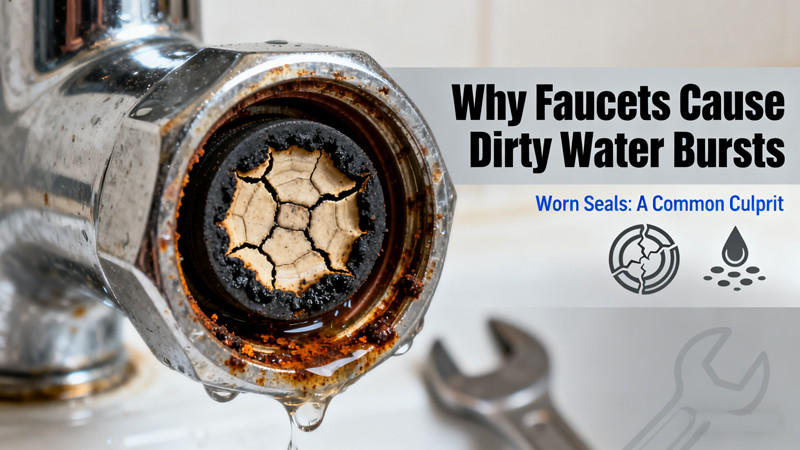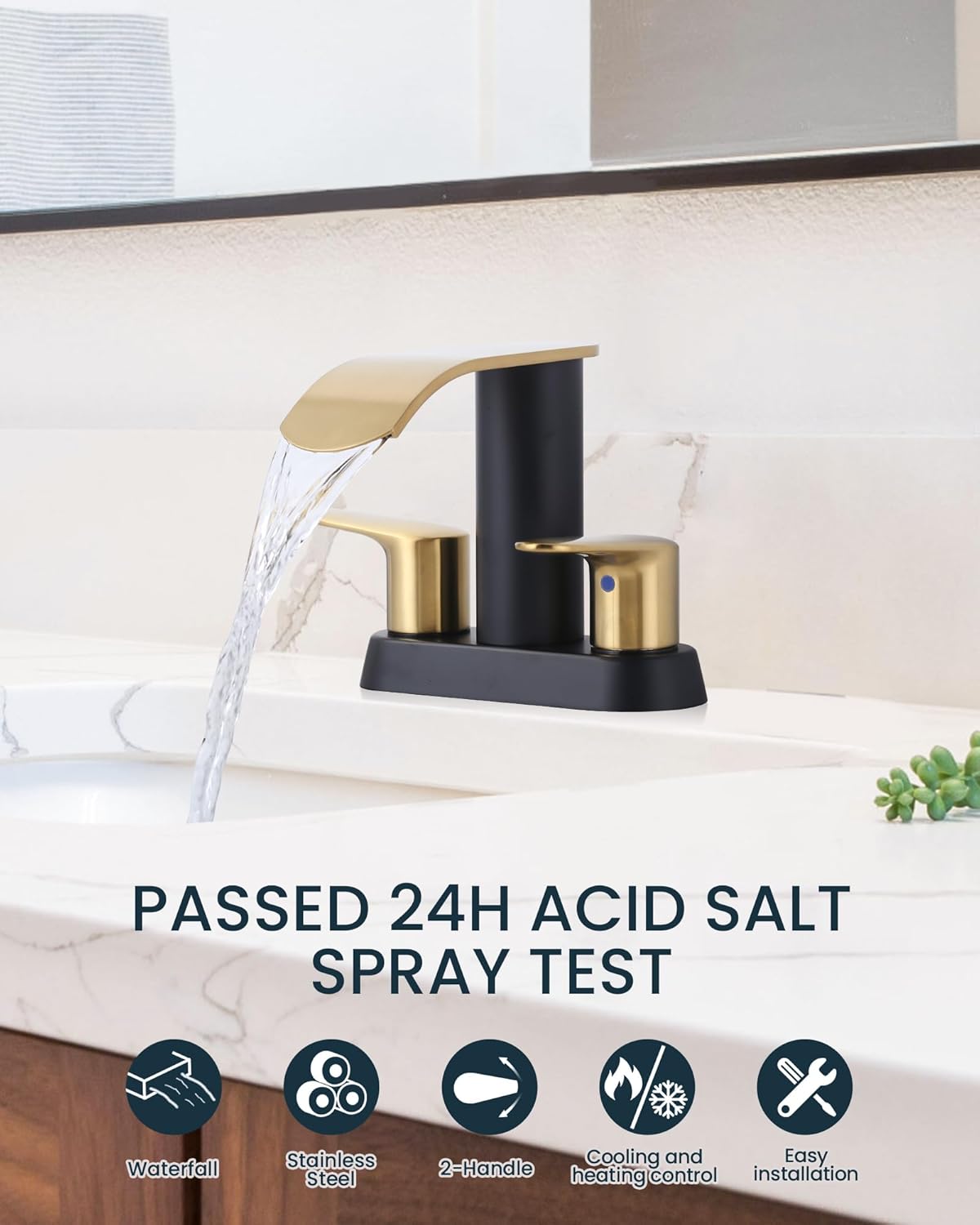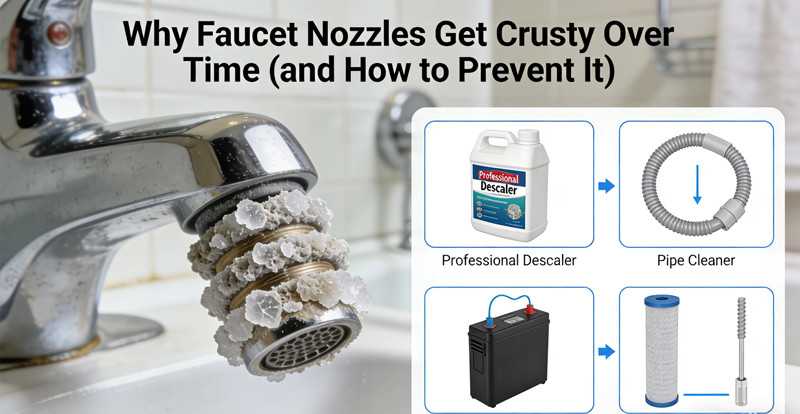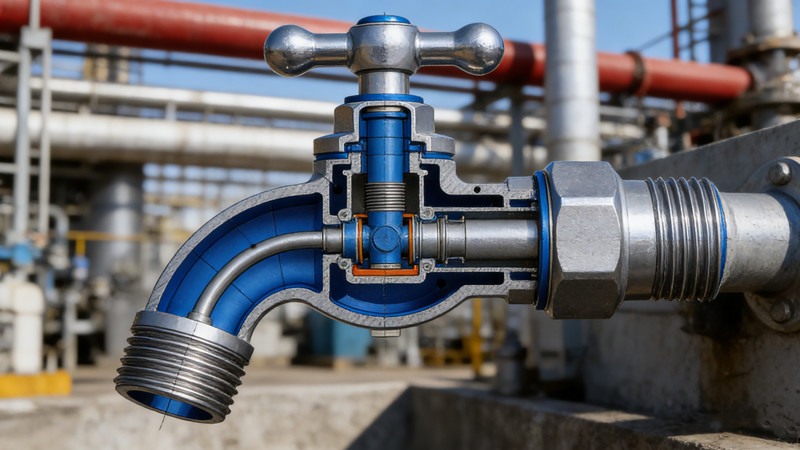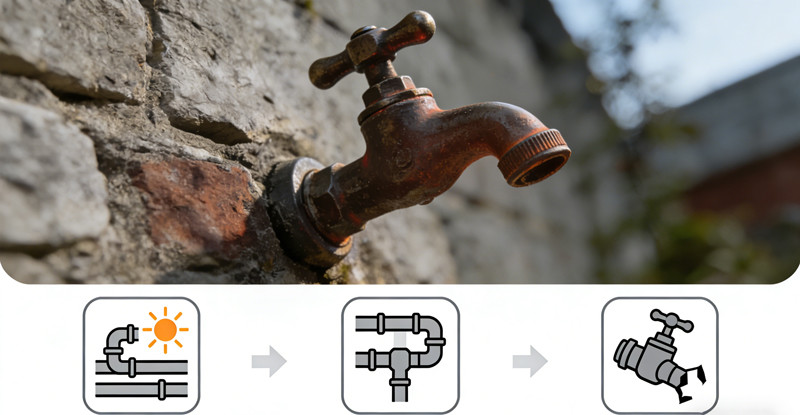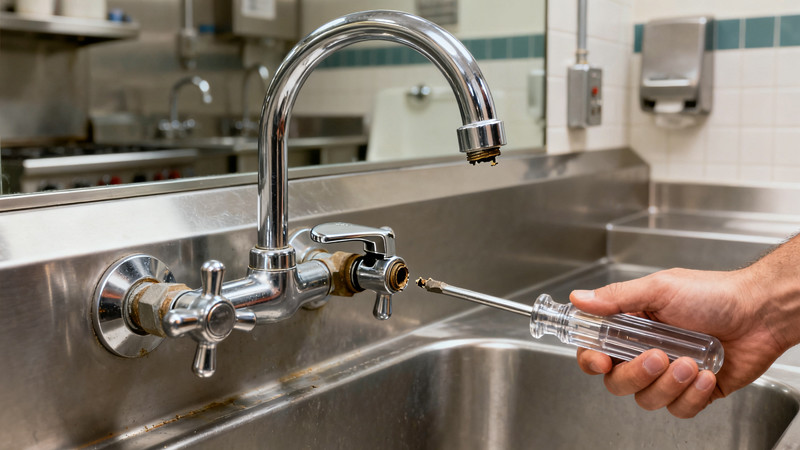When you turn on your faucet, you expect a clean, steady stream of clear water. But sometimes, instead of refreshing clarity, the first few seconds bring out a cloudy, rusty, or dirty-looking burst. This can be alarming, especially if you’ve never experienced it before. Why does this happen? And more importantly, what can you do about it? Let’s dive into the common causes of dirty water bursts from faucets, their health implications, and practical solutions.
The Phenomenon of Dirty Water Bursts
Dirty water bursts usually appear at the very beginning of water flow, often after a faucet hasn’t been used for several hours. You might see water that looks brown, reddish, cloudy, or even slightly gritty. In most cases, the discoloration clears up after a few seconds of running the tap, but that doesn’t make it any less unsettling.
Understanding the root causes is the first step toward fixing the issue and ensuring your household water is safe and pleasant to use.
Common Causes of Dirty Water Bursts
1. Sediment Accumulation in Pipes
Over time, minerals and small particles settle inside water pipes. This sediment usually stays at the bottom of the plumbing, but when water pressure changes—like when you first open a faucet—it can stir up the debris. This results in a short burst of dirty or cloudy water before the flow stabilizes.
Sediment buildup is particularly common in older plumbing systems or homes with galvanized steel pipes.
2. Rust and Corrosion in Plumbing
If your water appears reddish-brown when you first turn on the tap, rust is a likely culprit. Pipes, especially those made of iron or galvanized steel, corrode as they age. Small flakes of rust break loose and get flushed out when the faucet is opened, leading to the telltale dirty burst.
Corrosion can also affect fixtures and water heaters, meaning even newer pipes may still produce rusty water if the water heater tank has accumulated rust inside.
3. Water Heater Sediment
Hot water faucets are particularly prone to dirty bursts because water heaters act as collection points for sediment and minerals. Over time, calcium, magnesium, and other deposits settle at the bottom of the tank. When hot water is drawn, some of this sediment gets stirred up and exits through your faucet.
If you notice that dirty water bursts happen only when you use hot water, your water heater is almost certainly the source.
4. Municipal Water Supply Disturbances
Sometimes the problem isn’t inside your home at all. Utility companies may perform maintenance, flush hydrants, or repair water mains, all of which can disturb sediment in city pipes. This stirred-up material then travels into residential plumbing, showing up as dirty water bursts when you turn on the faucet.
In these cases, the issue is usually temporary and resolves within a day or two.
5. Air Bubbles and Cloudiness
Not all dirty-looking water is truly dirty. Sometimes, what appears as cloudy or milky water is actually caused by trapped air bubbles. This is common after plumbing repairs or when the municipal system experiences pressure changes.
Air bubbles rise to the surface and disappear after a few seconds, making the water clear again. This type of burst is harmless and doesn’t indicate contamination.
Are Dirty Water Bursts Dangerous?
In most cases, dirty water bursts are more of a nuisance than a health hazard. However, prolonged or severe issues should not be ignored.
- Rust particles are usually harmless but can stain sinks, tubs, and laundry.
- Sediment may include harmless minerals but could also trap bacteria if your plumbing is very old.
- Municipal disturbances generally resolve quickly, but if you notice persistent discoloration, it may indicate a deeper issue with your water supply.
If you’re ever unsure, it’s best to err on the side of caution and avoid drinking or cooking with water that looks discolored.
Solutions for Dirty Water Bursts
1. Flush Your Pipes
Run the faucet for 30–60 seconds to flush out stagnant water and sediment. This is especially helpful if the problem occurs only after the tap has been unused for a while.
2. Check if It’s Hot or Cold Water
If the problem only occurs with hot water, the issue likely lies in your water heater. Flushing the water heater tank once a year can prevent sediment buildup and extend the unit’s lifespan.
3. Inspect and Replace Old Pipes
Homes with old galvanized or iron pipes may need plumbing upgrades. Replacing these pipes with modern copper or PEX piping eliminates the source of rust and corrosion.
4. Install a Whole-House Filter
A sediment filter at the main water line can trap particles before they enter your home plumbing. This is especially useful if your water supply is prone to disturbances.
5. Contact Your Water Utility
If multiple faucets across your home produce dirty bursts, or if neighbors are experiencing the same issue, contact your local water utility. They can confirm whether maintenance or repairs are causing temporary discoloration.
Preventing Future Dirty Water Bursts
- Regular Maintenance: Flush your water heater annually and inspect plumbing for signs of corrosion.
- Upgrade Fixtures: Modern faucets with built-in filters or aerators can help catch small debris.
- Stay Informed: Sign up for municipal water alerts to know when hydrant flushing or maintenance is scheduled in your area.
By taking proactive steps, you can minimize the likelihood of facing unexpected dirty water bursts and enjoy consistently clean water from your taps.
Final Thoughts
Dirty water bursts from faucets are unsettling, but in most cases, they’re caused by harmless sediment, rust, or air bubbles. While these issues don’t always pose a health risk, they can be inconvenient, unsightly, and sometimes damaging to fixtures and laundry.
Understanding the root causes—whether in your pipes, water heater, or municipal system—helps you take the right corrective measures. With regular plumbing maintenance, timely upgrades, and awareness of your water supply, you can keep your faucet water flowing clean and clear.
So the next time you see a cloudy or rusty burst from your faucet, don’t panic. Instead, investigate the source, flush the system, and take steps to ensure your plumbing stays healthy for years to come.
 WOWOW Faucets
WOWOW Faucets